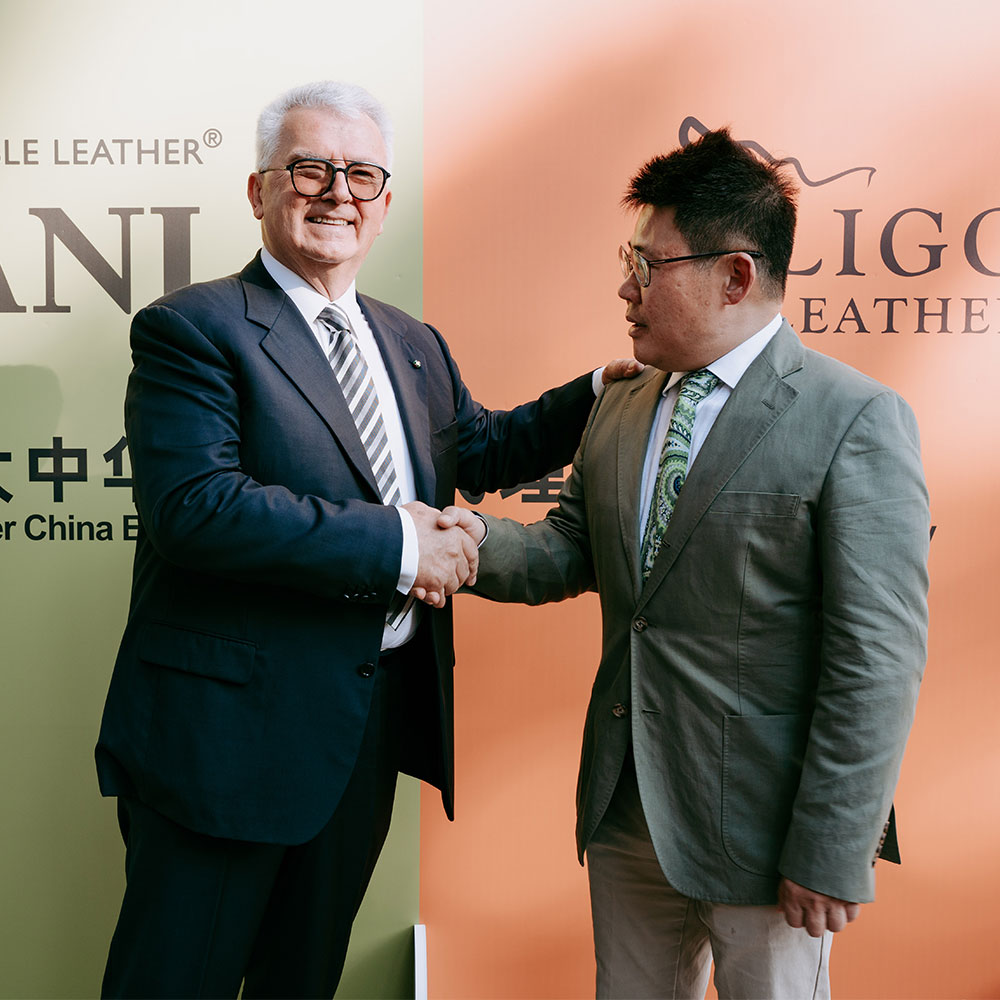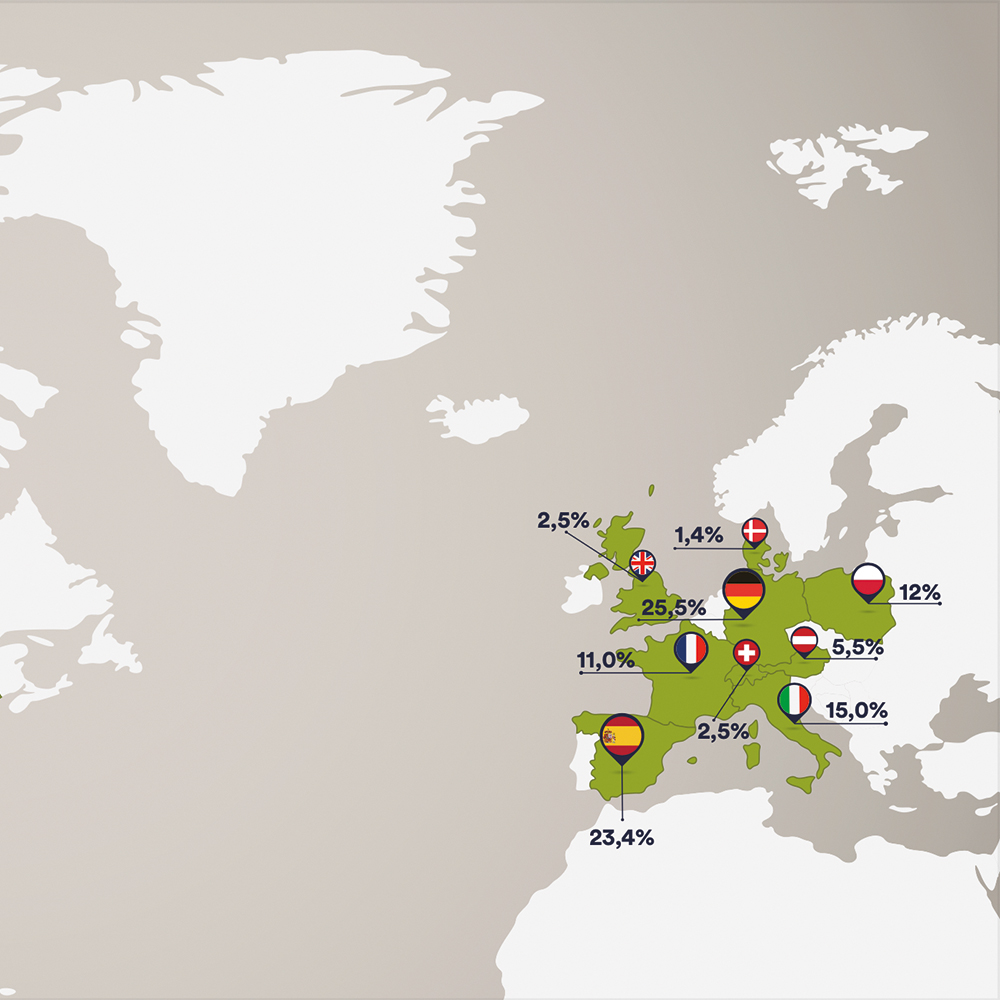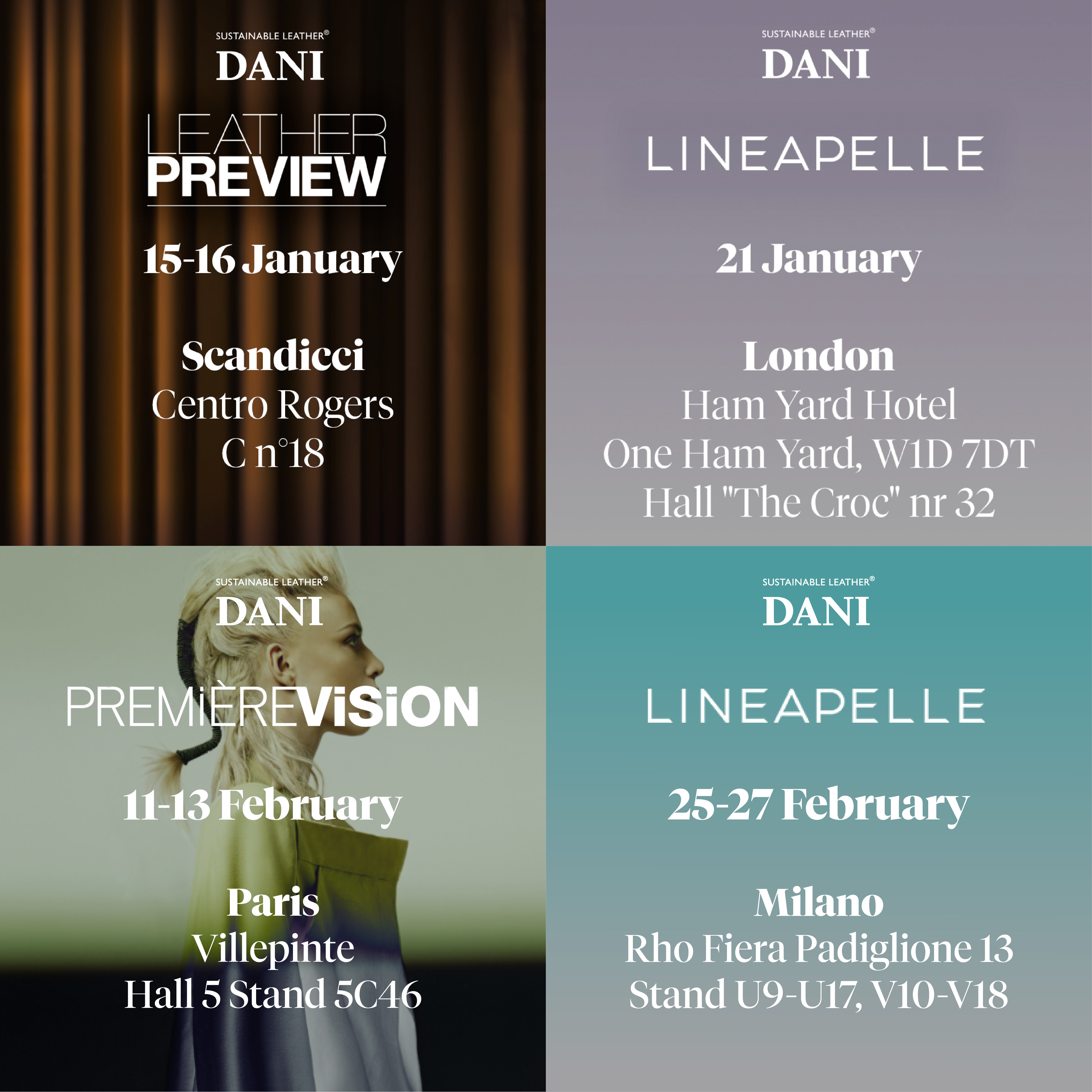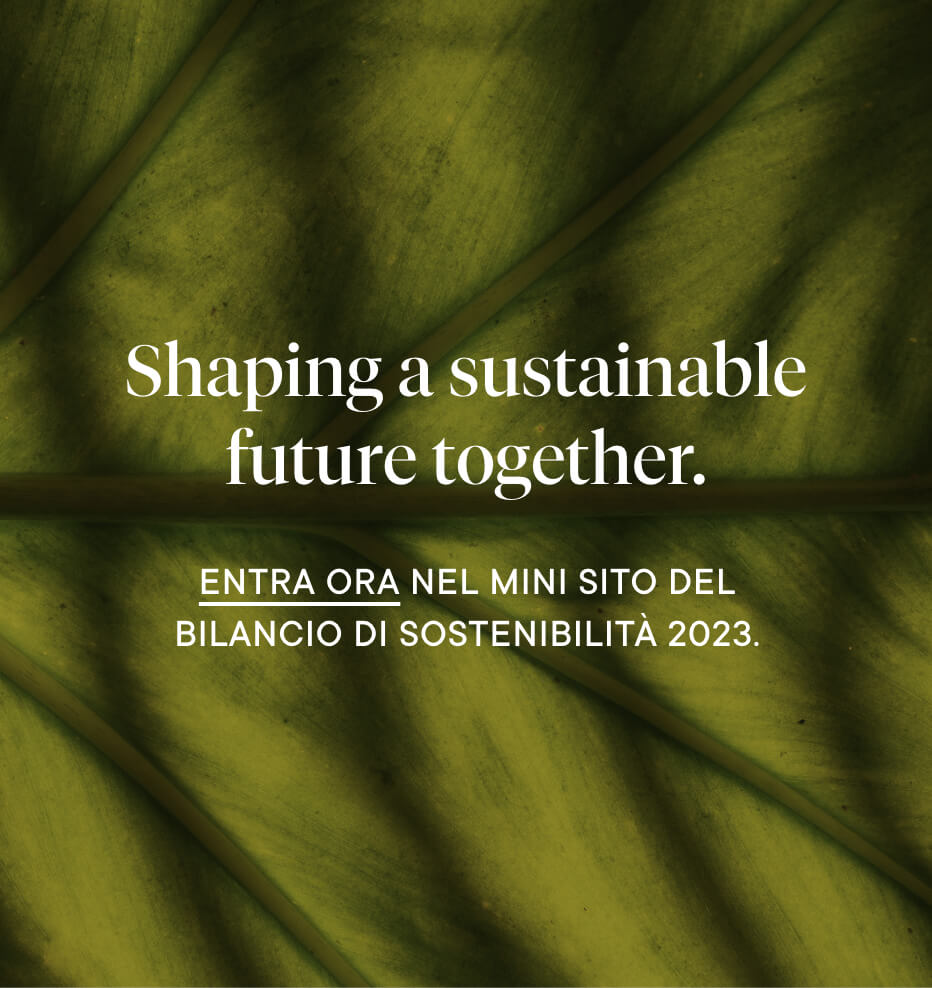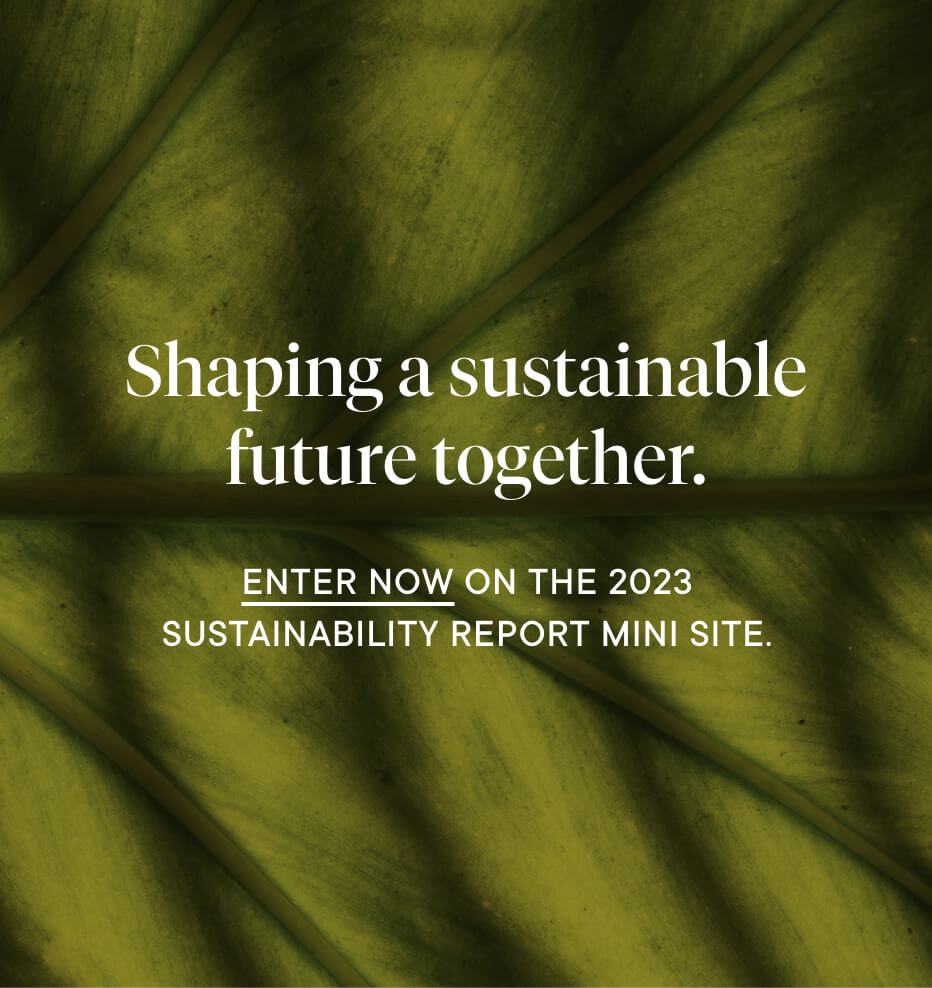Journal
View all05.05.2020
Leather and life expectancy: an unexpected connection
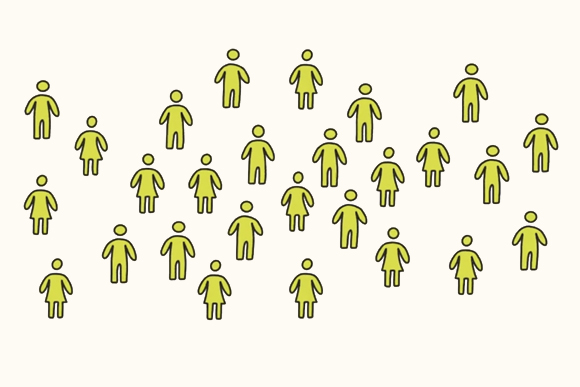
Leather and life expectancy: an unexpected connection. Today we go a little further, in a wide-ranging reflection, starting from the origins and reflecting on the fundamentals.
We have often dedicated time to discussions on the nature of leather and the role of the tannery within a circular economy supply chain. Here it acts as a reality capable of making a waste/ byproduct, raw hides, the precious raw material to create many products, sometimes extremely precious.
In a whirlwind of discussions that are generated around these topics, often supporters and detractors propose contrary views. Sometimes specifically created to support one’s position.
No, it is not immediate to think that a beautiful bag, or a pair of refined shoes, can be made from a scrap. it is not immediate, but definitely important, to understand how much distance there is between what we are told and reality.
Let’s think for a moment about the name “Eco-leather.” Eco-leather is something that wants to replace leather, boasting an eco-friendlier production. And instead, most of the time, it doesn’t even reach levels comparable to real leather.
Animals are not bred for the leather
It’s a statement heard many times. It is a question often asked by detractors: are bovines bred for the leather? The answer is no. Cowhides are not produced by dedicated farms. They follow a completely different story, a story made of food, lifestyle and complex proteins.
The tanning industry takes advantage of an opportunity, and starts from something that would have no future, relocating it to a production scenario.
Is there a connection between leather and life expectancy?
Leather is not produced for the tannery.
As stated, we want to take a few steps back. We reflect on the origins, on the motivations, opening our eyes to the world. Why does man breed animals?
The numbers tell us there could be more and more, regardless of the tanning. More breeding, more production, more waste to manage. What to do with it? Use it or waste it.
Did you know that?
Current studies (see Worldofmeters) tell us about a world in which the population continues to grow. Progress allows us to live better and longer today: populations are growing and at the same time, life expectancy is increasing.
Those born today have 73 years to live, which become 80 in the most advanced countries. In 2050 the planet earth will be inhabited by over 9 billion people, about 30% more than in 2000.
Did you know that?
The easiest and most used way in history to ensure high quality complex proteins is to get them from food of animal origin.
In an evolving context, in which more and more people improve their lifestyle and therefore their diet, the expectation is that the consumption of food of animal origin will continue to increase, allowing a better life expectancy.
Did you know that?
The demand for meat continues to grow. Every 10 years, the demand increases by 10 million tons.
In 2020, it is estimated (source: OECD) a per capita consumption of 35 kg per year of meat, of which 6.5 are beef. In some countries, in the OECD area, it rises to 70 kg, 14.7 beef. Developing countries often emphasize the consumption of animal proteins in their evolutionary journey and improvement of living conditions
Did you know that?
That not only meat, but also milk and dairy production is increasing in demand and exploited by the food industry as a fundamental ingredient for many recipes. Any data? 100 million tons more every 10 years, with growth that has been stable and regular to date. (Source: OECD Stats)
Did you know that?
When the food industry has processed the raw materials it needs, what is left? Bi products remain and the waste has to be managed.
When the food industry has processed the raw materials it needs, what is left? Bi products remain and the waste has to be managed. In our case, we are talking about 1,700,000 – 1,900,000 km2 of raw hides. Just to understand, this is an area equal to Italy, Germany, France and Spain combined.
What to do with it? Landfill or incinerator? Or we can consider the hides as a raw material and transform them into leathers ready to become bags, shoes, furnishings and all the other artifacts that we use and desire on a daily basis.
Is there a connection between skin and quality of life? The tannery values a waste, a part of 6.5 million tons of waste per year. Use it or lose it.
United Nations Global Compact
Next news
